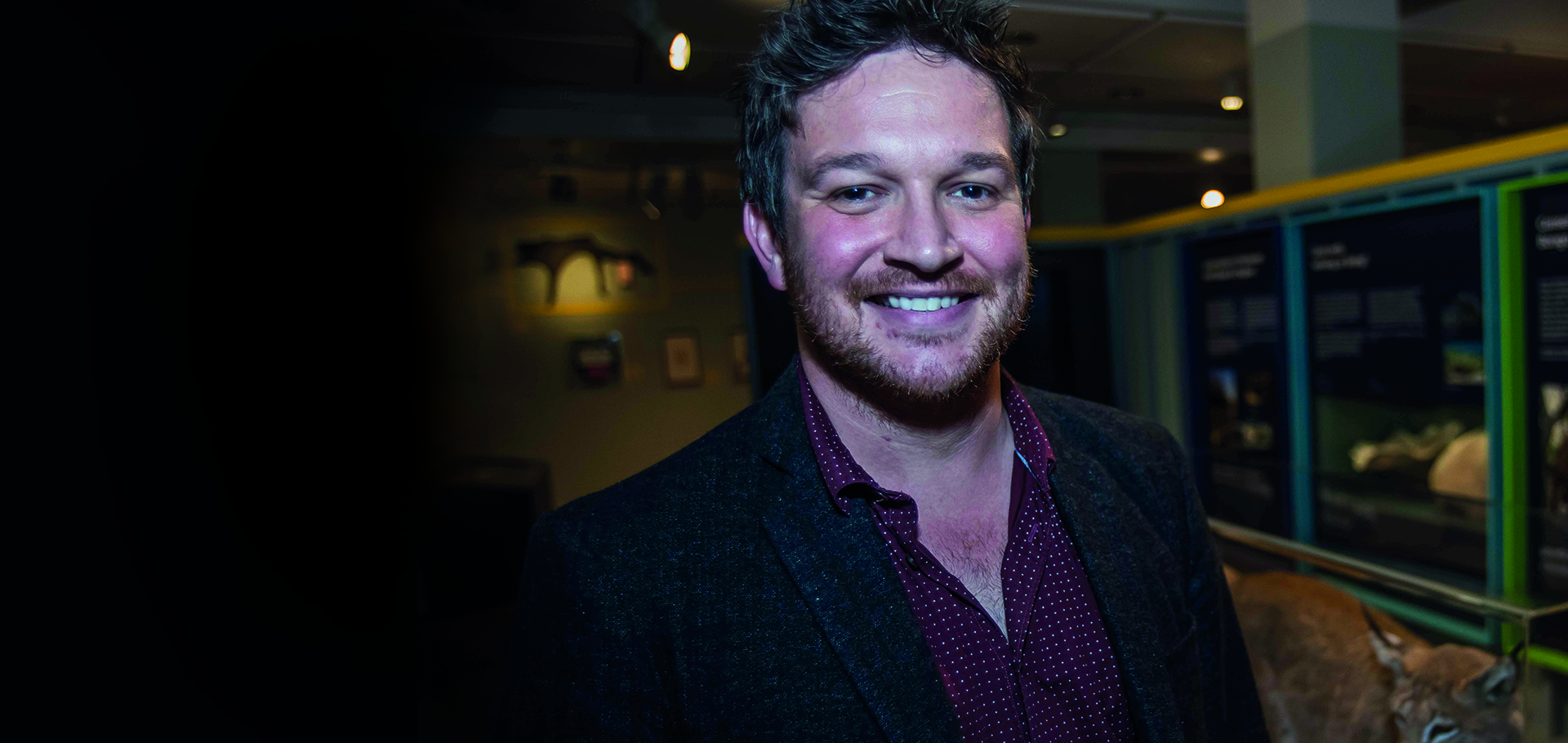In an exhibition that hosts imposing American bison and giant panda taxidermies, extinct birds presented legs in the air as if recently fallen from the sky, and shocking examples of the illegal wildlife trade, it might come as a surprise to see a simple house sparrow. But it is perhaps the most arresting specimen in Manchester Museum’s Extinction or Survival?
“That’s the thing about extinction – when you say ‘think of an animal in relation to extinction’, most people go ‘dinosaur’ or something like that,” says Dr Ben Garrod, evolutionary biologist and broadcaster, at the launch of the exhibition. “The dodo or dinosaurs are big, iconic, sexy things but there are spiders in the UK that are not found anywhere else in the world that are on the brink of extinction… Even things like house sparrows – their numbers have dropped by 80 per cent in the last 25 years.”
A placard suggests the intensification of farming post-1977 as a major factor in the once ubiquitous house sparrow’s decline but Garrod is adamant that we as individuals, even living in cities, can help.
“Twenty years ago we had these slightly overgrown gardens that were a little bit messy and now we have these wonderful gardens with lots of decking everywhere and stones and very feng shui-type stuff but there’s no homes [for wildlife] in our gardens. So things like hedgehogs and birds are just dropping out because the habitats they were relying on, the little gardens, are becoming rarer and rarer. When you talk about habitats it’s not just reefs and tropical forests, it’s your back garden.”
Every year more than 30,000 species disappear – one every 17 minutes – most as a result of human activity. The Living Planet Index last month reported that we are on track to lose two thirds of wildlife by 2020.
“There’s very much this idea of, the dodo’s died, humanity’s here, we’re all right, who really cares if these things die? But when the bees go 30 per cent of our food goes overnight,” Garrod says.
“Sometimes it’s something really innocuous. My nan loves figs. She’d die at Christmas if there weren’t any figs. Every fig in the world is down to one little tiny parasitoid wasp that lays its eggs and has this whole ecological relationship with fig trees.”
In this vein, visitors to the exhibition are encouraged to vote with tokens as to whether they would save often maligned species like cockroaches, rats and mosquitoes. As you would expect, all have a part to play in a healthy ecology that affects the survival of humans too.
“Even a hundred years ago there wasn’t this sense that everything is connected to one another. If we take this away it changes the balance down here, but we’re at a point now where we know what we’re doing,” Garrod says.
“If we kill all the elephants for ivory we know we’ve killed our largest terrestrial species of megafauna who has a huge impact on the African savannah. They’re not just a weird-looking big animal – they make a difference and we know that where we didn’t with the dodo and the thylacine. We have this dominion but the flip side of that is we are in a better position now than we ever have been to do something.”
Extinction or Survival? is at Manchester Museum until April 2017 (museum.manchester.ac.uk)
Like the Big Issue North on Facebook



Leave a reply
Your email address will not be published.